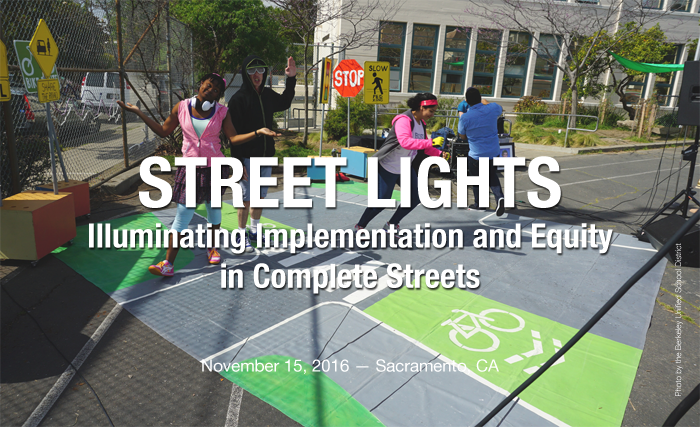Now Hiring: Complete Streets Equity, Research, and Communications Intern
Now Hiring: Complete Streets Equity, Research, and Communications Intern The Complete Streets Equity, Research, and Communications Intern will support the work of Smart Growth America’s National Complete Streets Coalition, a diverse coalition of prominent national organizations working for the adoption and implementation of Complete Streets policies across the country. The intern will help advance the … Continued

